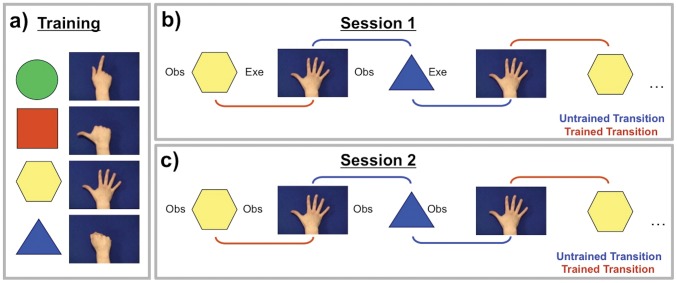Figure 1. Schematic illustration of the experimental design.
a) An example set of trained shape-response mappings. The relationship between shape and action type was held constant for a given participant throughout training, but was varied between participants. b) Illustration of a sequence of trials in Session 1. Observation of shapes alternated with execution of actions. A trial was ‘trained’ if preceded by an event type with which it had been paired during training, and ‘untrained’ if preceded by a different event type. c) Illustration of a sequence of trials in Session 2. In this session, observation of shapes alternated with observation of actions, and ‘trained’ trials were those in which, if training induced mirror representations to respond to arbitrary shapes, both the preceding and current events should activate the same motor representation. See also Table 1.

